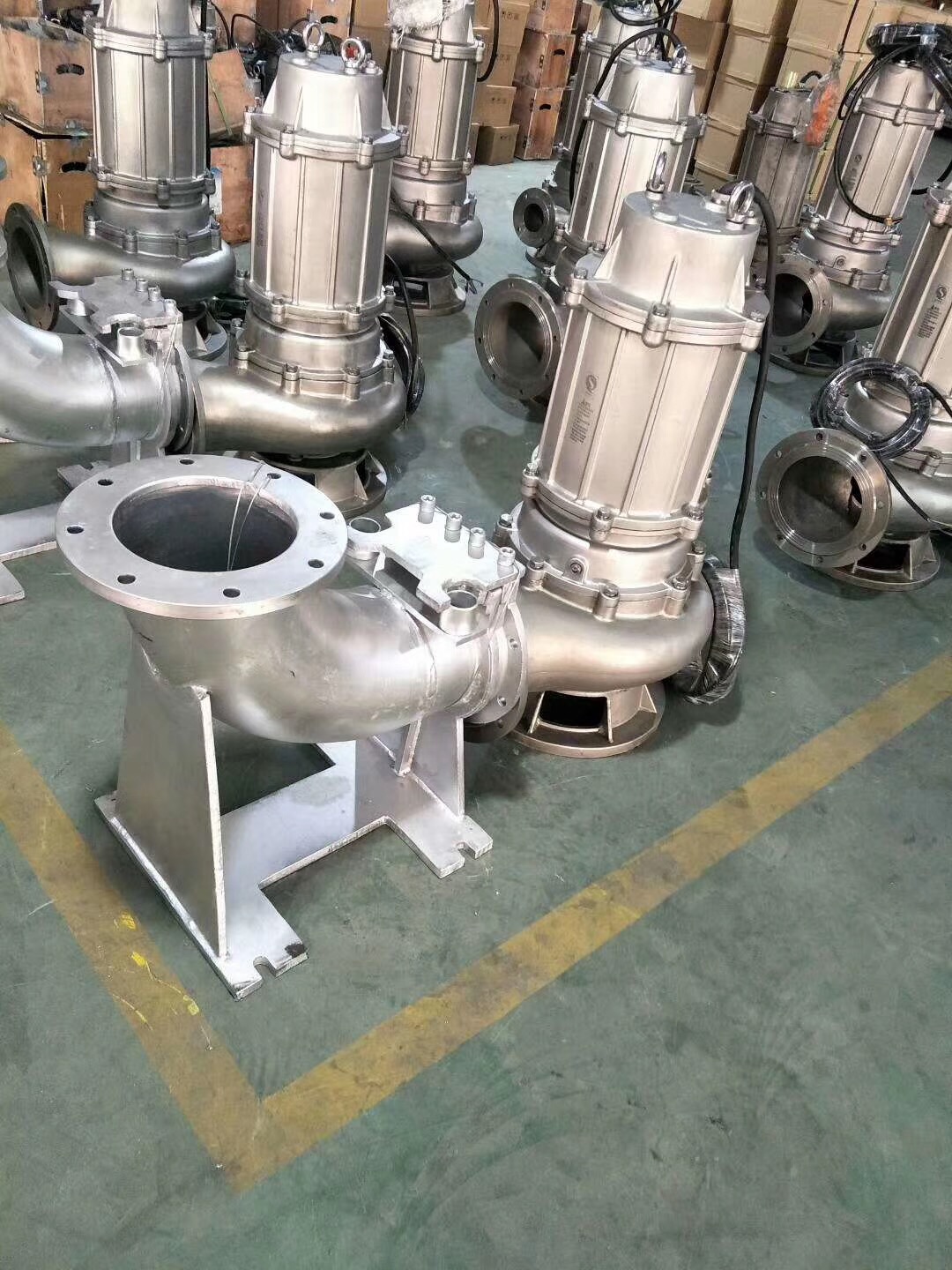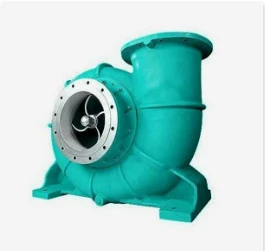TEL:
+86 13120555503
English
- Afrikaans
- Albanian
- Amharic
- Arabic
- Armenian
- Azerbaijani
- Basque
- Belarusian
- Bengali
- Bosnian
- Bulgarian
- Catalan
- Cebuano
- Corsican
- Croatian
- Czech
- Danish
- Dutch
- English
- Esperanto
- Estonian
- Finnish
- French
- Frisian
- Galician
- Georgian
- German
- Greek
- Gujarati
- Haitian Creole
- hausa
- hawaiian
- Hebrew
- Hindi
- Miao
- Hungarian
- Icelandic
- igbo
- Indonesian
- irish
- Italian
- Japanese
- Javanese
- Kannada
- kazakh
- Khmer
- Rwandese
- Korean
- Kurdish
- Kyrgyz
- Lao
- Latin
- Latvian
- Lithuanian
- Luxembourgish
- Macedonian
- Malgashi
- Malay
- Malayalam
- Maltese
- Maori
- Marathi
- Mongolian
- Myanmar
- Nepali
- Norwegian
- Norwegian
- Occitan
- Pashto
- Persian
- Polish
- Portuguese
- Punjabi
- Romanian
- Russian
- Samoan
- Scottish Gaelic
- Serbian
- Sesotho
- Shona
- Sindhi
- Sinhala
- Slovak
- Slovenian
- Somali
- Spanish
- Sundanese
- Swahili
- Swedish
- Tagalog
- Tajik
- Tamil
- Tatar
- Telugu
- Thai
- Turkish
- Turkmen
- Ukrainian
- Urdu
- Uighur
- Uzbek
- Vietnamese
- Welsh
- Bantu
- Yiddish
- Yoruba
- Zulu
Telephone: +86 13120555503
Email: frank@cypump.com
Feb . 01, 2025 01:33 Back to list
slurry pumps in series
In the realm of fluid transport and management, slurry pumps play an indispensable role in moving thick, solid-laden mixtures across various industrial settings such as mining, mineral processing, and construction. One advanced method of optimizing the efficiency and reliability of slurry transport is by arranging slurry pumps in series. This technique, often overlooked, can significantly enhance pumping systems' performance, provided it is applied with expert precision and strategic insight.
In practice, deploying pumps in series brings multifaceted benefits. As some industry veterans have observed, this configuration often results in improved energy efficiency due to optimized load distribution across the pumps. By operating closer to their best efficiency point, pumps in series can extend their operational life, further yielding cost savings and enhancing the sustainability of the operation. Moreover, in scenarios where a pump in a series system requires maintenance or inspection, the remaining pumps can often be configured to maintain partial operation, thereby avoiding complete shutdowns and ensuring continuous production. However, planning and executing a slurry pump system in series is not without challenges. Expertise in selecting the right pump type is crucial, as centrifugal pumps, which are commonly used, may exhibit variable efficiency and wear rates depending on the slurry properties. Ongoing consultation with pump manufacturers and hydraulic consultants can provide actionable insights into the latest developments in wear-resistant materials and cutting-edge pump technologies that can further enhance system longevity and efficiency. To foster trust and authority in implementing series pumping systems, it is advised to collaborate with established industry players and thought leaders who have made definitive strides in pump engineering solutions. Sharing successes and case studies through technical papers, webinars, and workshops can build credibility and promote the advancement of knowledge in this specialized field. In summary, while the concept of arranging slurry pumps in series may seem straightforward, its successful execution requires a blend of technical acumen, strategic planning, and collaborative innovation. As industries continue to push the boundaries of what's possible with slurry transport technologies, leveraging the benefits of series pumping configurations will undoubtedly remain a key focus area for achieving operational excellence in an environmentally sustainable manner.


In practice, deploying pumps in series brings multifaceted benefits. As some industry veterans have observed, this configuration often results in improved energy efficiency due to optimized load distribution across the pumps. By operating closer to their best efficiency point, pumps in series can extend their operational life, further yielding cost savings and enhancing the sustainability of the operation. Moreover, in scenarios where a pump in a series system requires maintenance or inspection, the remaining pumps can often be configured to maintain partial operation, thereby avoiding complete shutdowns and ensuring continuous production. However, planning and executing a slurry pump system in series is not without challenges. Expertise in selecting the right pump type is crucial, as centrifugal pumps, which are commonly used, may exhibit variable efficiency and wear rates depending on the slurry properties. Ongoing consultation with pump manufacturers and hydraulic consultants can provide actionable insights into the latest developments in wear-resistant materials and cutting-edge pump technologies that can further enhance system longevity and efficiency. To foster trust and authority in implementing series pumping systems, it is advised to collaborate with established industry players and thought leaders who have made definitive strides in pump engineering solutions. Sharing successes and case studies through technical papers, webinars, and workshops can build credibility and promote the advancement of knowledge in this specialized field. In summary, while the concept of arranging slurry pumps in series may seem straightforward, its successful execution requires a blend of technical acumen, strategic planning, and collaborative innovation. As industries continue to push the boundaries of what's possible with slurry transport technologies, leveraging the benefits of series pumping configurations will undoubtedly remain a key focus area for achieving operational excellence in an environmentally sustainable manner.
Share
Latest news
-
Heavy-Duty Mining Sludge Pumps - Wear-Resistant Slurry Handling
NewsAug.02,2025
-
Horizontal Split Case Pump with GPT-4 Turbo | High Efficiency
NewsAug.01,2025
-
ISG Series Pipeline Pump - Chi Yuan Pumps | High Efficiency, Durable Design
NewsAug.01,2025
-
Advanced Flue Gas Desulfurization Pump with GPT-4 Turbo | Durable & Efficient
NewsJul.31,2025
-
ISG Series Vertical Pipeline Pump - Chi Yuan Pumps | Advanced Hydraulic Design&Durable Construction
NewsJul.31,2025
-
ISG Series Vertical Pipeline Pump - Chi Yuan Pumps | Energy Efficient & Low Noise
NewsJul.31,2025










